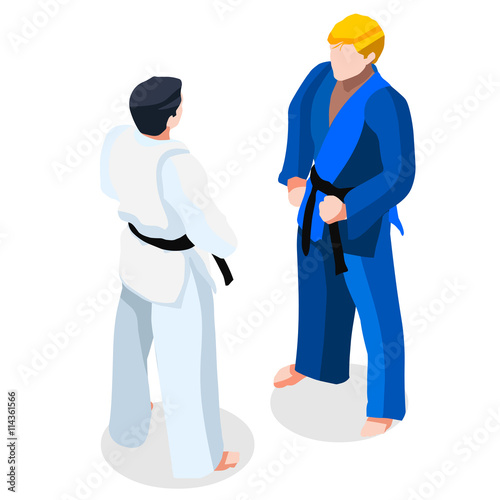Secret Differences In Between Conventional Martial Arts And Modern Fight Sports: An Extensive Analysis
Secret Differences In Between Conventional Martial Arts And Modern Fight Sports: An Extensive Analysis
Blog Article
Material Produce By-Skovbjerg Brady
When you consider martial arts, do you lean more toward the conventional practices or the modern fight sports? Each path provides special advantages and experiences, shaped by their viewpoints and training methods. Standard martial arts stress personal development and self-control, while modern fight sports focus on competition and performance. Understanding these differences can lead you in selecting the appropriate method for your journey. But just how do these differences show up in training and ideology?
The Viewpoint and Background Behind Conventional Martial arts
While lots of people connect martial arts with physical combat, the philosophy and background behind standard martial arts run much deeper. You'll find that these self-controls emphasize individual growth, self-control, and regard.
Originating from ancient techniques, standard martial arts were often created for Self-Defense and spiritual advancement. They embody principles such as equilibrium, consistency, and self-discipline, guiding professionals beyond plain combating skills.
As Read the Full Guide educate, you'll not only find out methods yet likewise obtain insights into the society and worths that shaped these arts. The rituals and customs, typically given with generations, foster a sense of area and belonging.
The Competitive Nature of Modern Combat Sports
Modern battle sporting activities have actually transformed the landscape of martial arts into a very competitive sector, where professional athletes face off in a test of skill, approach, and endurance.
You'll notice that competitions are often organized with strict policies and guidelines, making certain justice and security. These occasions draw in large audiences, sustaining the excitement and intensity of matchups.
Athletes train rigorously, not just for physical prowess however additionally for mental durability, knowing that every detail counts in the ring. The adrenaline thrill during competitors is palpable, as boxers press their limitations to assert triumph.
Fans appreciate the athleticism and creativity included, making contemporary combat sporting activities a thrilling phenomenon that remains to progress and astound fanatics around the world.
Training Techniques and Techniques: A Comparative Analysis
The competitive atmosphere of contemporary combat sporting activities demands ingenious training approaches that vary substantially from traditional martial arts.
In contemporary training, you'll focus on details methods, competing, and conditioning, often utilizing drills that replicate real fight situations. You'll see a focus on quantifiable performance and regular competition to assess your abilities.
On the other hand, standard martial arts prioritize forms, katas, and philosophical teachings, commonly stressing technique and respect over competition.
Training is normally much less intense and might involve recurring technique rather than real-time sparring.
While both strategies build ability and health and fitness, modern fight sporting activities offer a much more dynamic and adaptable training setting, preparing you for instant challenges in the ring or cage.
Select the course that aligns with your objectives and rate of interests.
Conclusion
In picking in between conventional martial arts and contemporary battle sporting activities, it truly boils down to what you value the majority of. If you're searching for personal development, technique, and a sense of neighborhood, typical arts could be your ideal fit. But if https://coachingkidsmartialarts54208.nizarblog.com/34569591/fostering-self-assurance-just-how-taekwondo-benefits-children grow on competition and real-time obstacles, modern battle sporting activities could be the means to go. Ultimately, both paths use one-of-a-kind advantages, so it's everything about straightening your training with your personal objectives and passions.
